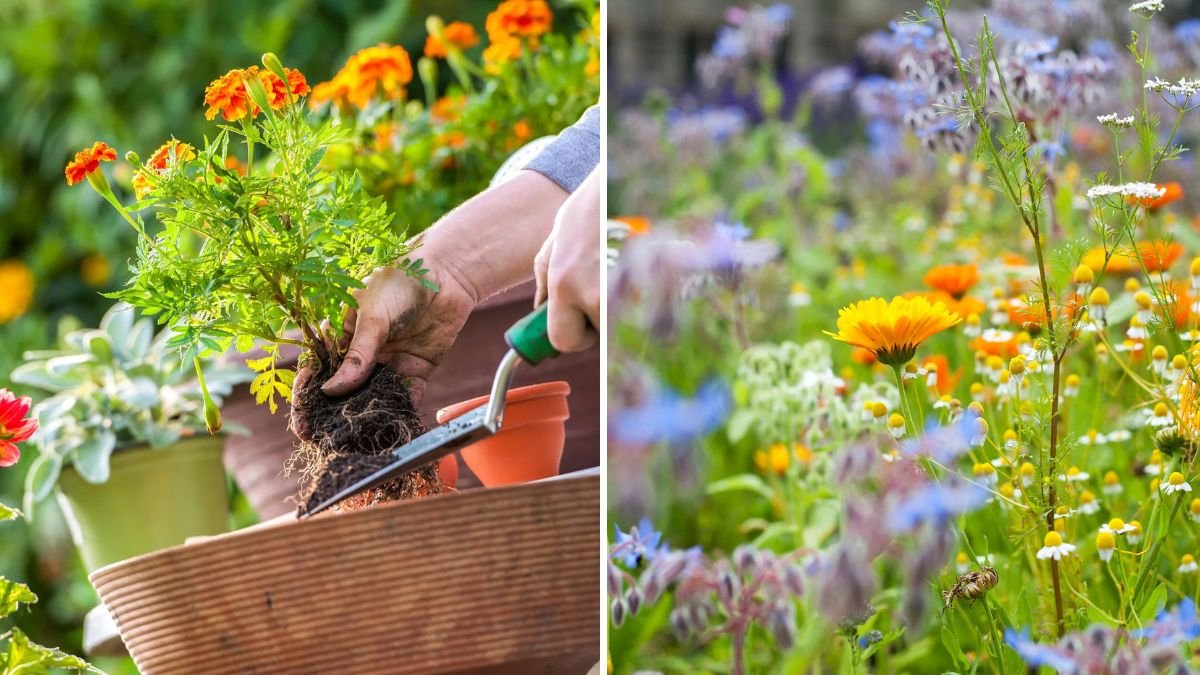Gardening is a delicate balance between nurturing plants and managing pests. While pesticides can offer a quick fix, they often harm beneficial insects, pollinators, and the surrounding ecosystem. Fortunately, certain flowers can naturally protect your garden by repelling harmful insects and attracting helpful predators. By strategically planting these flowers, gardeners can reduce pest problems, support biodiversity, and create vibrant, healthy gardens.
This guide highlights the best flowers to plant for natural pest control, with detailed tips on planting, care, and maximizing their protective benefits.
1. Marigolds (Tagetes spp.)
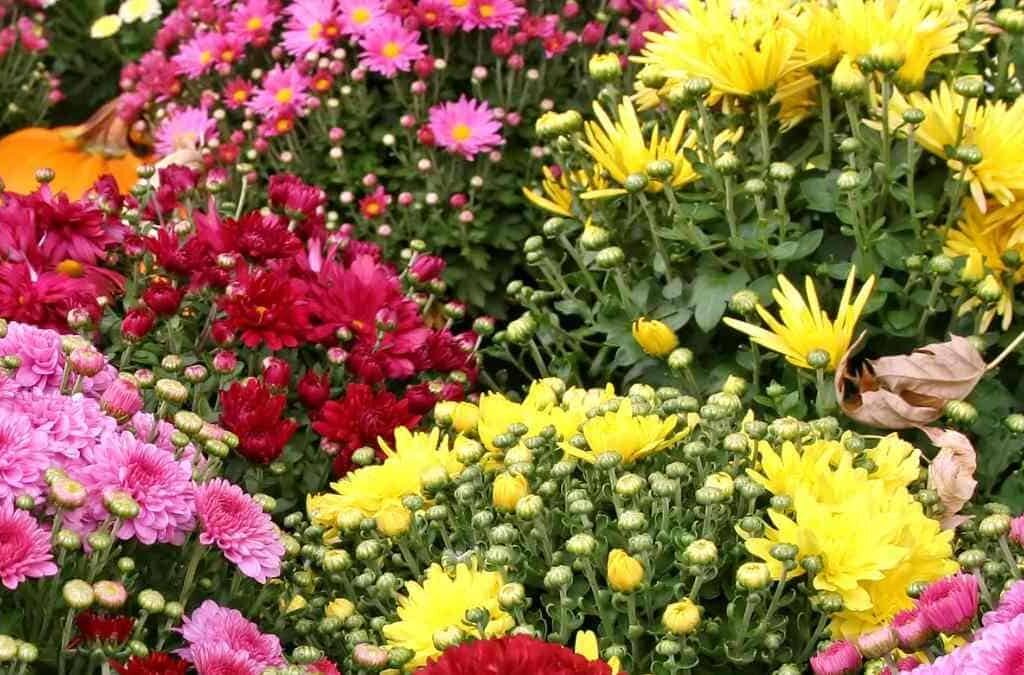
Why They Work
Marigolds are celebrated for their bright blooms and distinctive scent, which naturally repels nematodes, aphids, and whiteflies. They also attract beneficial insects like ladybugs and lacewings, which feed on harmful pests.
Planting Tips
- Light: Full sun for optimal growth.
- Soil: Well-draining, moderately fertile soil.
- Watering: Moderate; avoid overwatering.
- Care: Deadhead regularly to prolong bloom and maintain plant health.
Companion Benefits
- Plant marigolds near tomatoes, peppers, or beans to protect them from nematodes and aphids.
- The bright colors attract pollinators, enhancing garden productivity.
Pro Tip: French marigolds are particularly effective against nematodes, while African marigolds excel at deterring insect pests.
2. Nasturtiums (Tropaeolum majus)

Why They Work
Nasturtiums serve as trap crops, luring aphids, whiteflies, and other pests away from vegetables. Their peppery leaves can also deter squash bugs and cabbage worms.
Planting Tips
- Light: Full sun to partial shade.
- Soil: Poor to moderately fertile soil; avoid over-fertilizing to maintain leaf flavor.
- Watering: Moderate; water when soil feels dry.
- Care: Remove old flowers to encourage continuous blooming.
Companion Benefits
- Place near cabbage, broccoli, or tomatoes to protect them naturally.
- Their bright flowers attract bees and predatory insects, further supporting pest control.
Pro Tip: Nasturtiums can also be eaten in salads, offering dual-purpose benefits.
3. Calendula (Calendula officinalis)
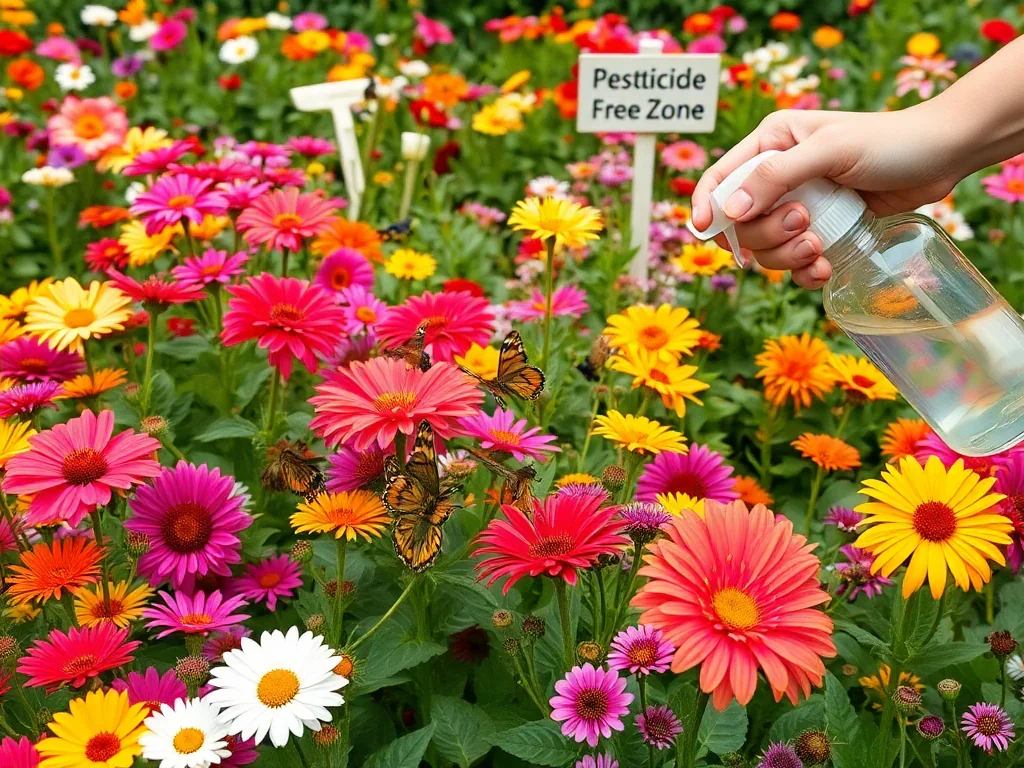
Why They Work
Calendula, or pot marigold, produces vivid orange and yellow flowers that attract beneficial insects such as hoverflies, parasitic wasps, and ladybugs. These predators feed on aphids, mites, and caterpillars.
Planting Tips
- Light: Full sun; tolerates partial shade.
- Soil: Well-draining, fertile soil.
- Watering: Moderate; keep soil moist but not waterlogged.
- Care: Deadhead to encourage prolonged blooming.
Companion Benefits
- Calendula works well near vegetables and herbs, boosting overall pest resistance.
- It also enhances soil health when used as a companion cover crop.
Pro Tip: Calendula petals are edible and can be used in salads or teas, making them both beautiful and functional.
4. Chrysanthemums (Chrysanthemum spp.)
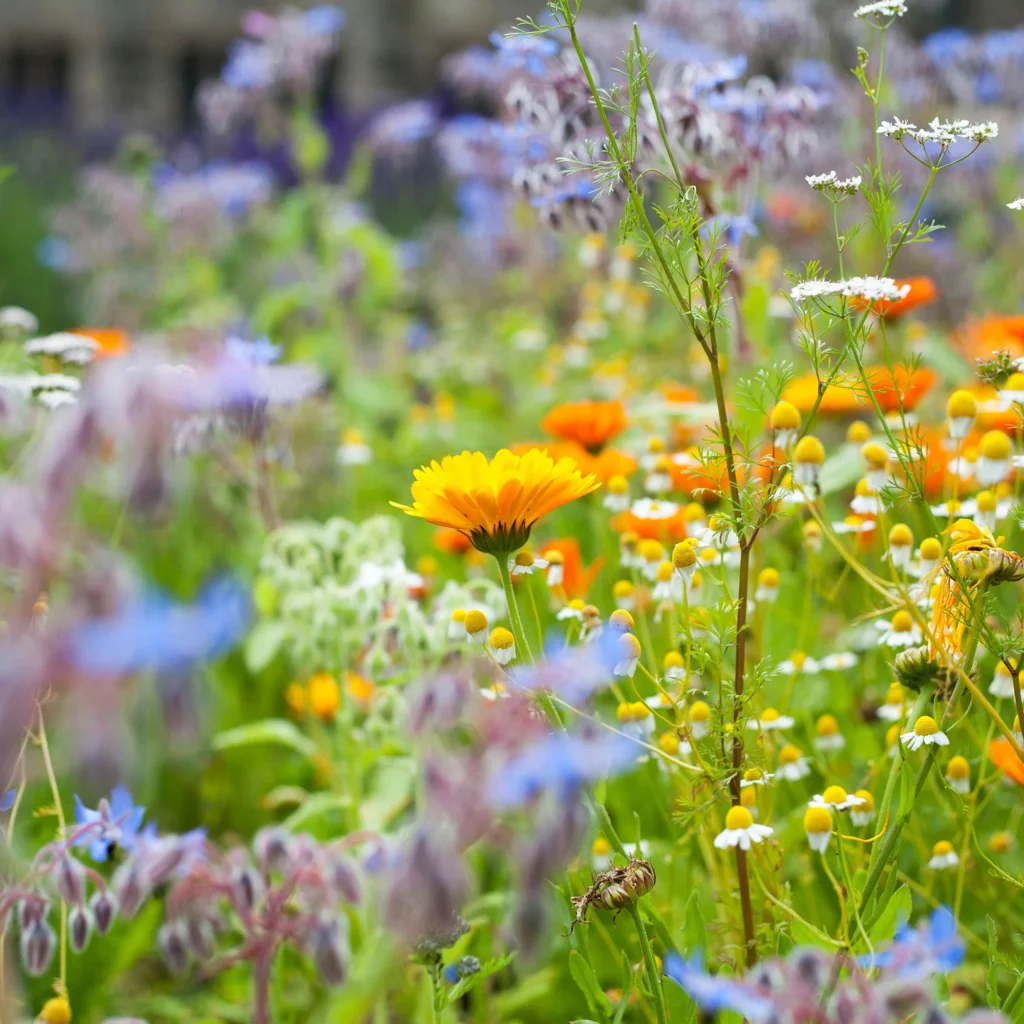
Why They Work
Chrysanthemums contain pyrethrins, natural compounds that repel ants, aphids, fleas, and Japanese beetles. They are a powerful natural insecticide and can protect surrounding plants when strategically placed.
Planting Tips
- Light: Full sun for maximum bloom and potency.
- Soil: Well-draining, rich soil.
- Watering: Moderate; water at the base to prevent fungal diseases.
- Care: Cut back spent blooms to encourage new flowers and maintain vigor.
Companion Benefits
- Plant chrysanthemums near roses, tomatoes, or squash to reduce pest activity naturally.
- The flowers also attract pollinators, enhancing garden diversity.
Pro Tip: Harvest chrysanthemums for dried flower arrangements or homemade insect sprays to extend their pest-control benefits.
5. Lavender (Lavandula spp.)
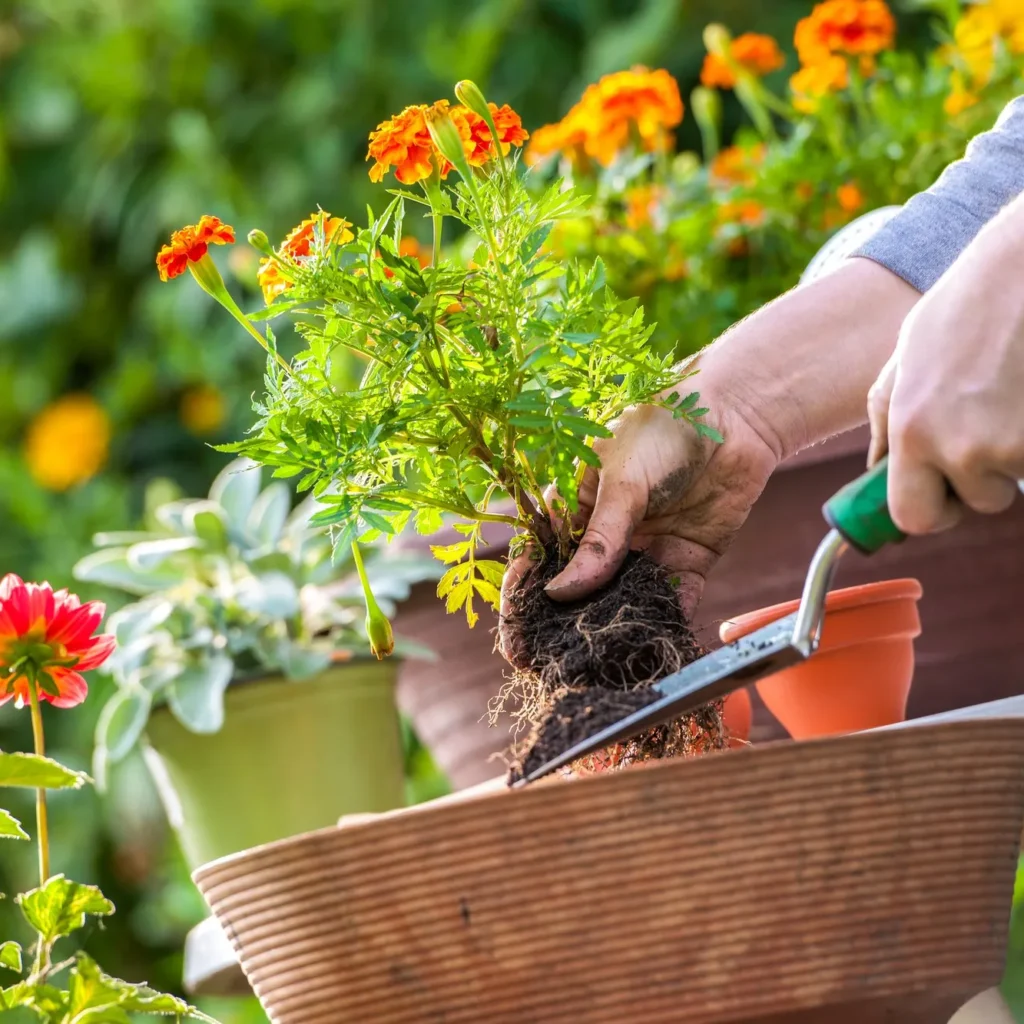
Why They Work
Lavender’s strong fragrance deters moths, fleas, and mosquitoes while attracting bees and predatory insects. Its aromatic oils act as a natural insect repellent and add sensory appeal to any garden.
Planting Tips
- Light: Full sun.
- Soil: Well-draining, sandy or rocky soil; avoid heavy clay.
- Watering: Low; drought-tolerant once established.
- Care: Prune after flowering to maintain shape and promote new growth.
Companion Benefits
- Lavender is effective near vegetables, roses, and herbs, reducing pest pressure naturally.
- The blooms attract pollinators, supporting fruit and vegetable production.
Pro Tip: Harvest lavender flowers for sachets or teas, combining garden functionality with home use.
6. Sweet Alyssum (Lobularia maritima)
Why They Work
Sweet alyssum produces tiny, fragrant flowers that attract hoverflies, lacewings, and parasitic wasps. These predators feed on aphids, whiteflies, and other soft-bodied pests, providing natural pest control.
Planting Tips
- Light: Full sun to partial shade.
- Soil: Well-draining, fertile soil.
- Watering: Moderate; keep soil evenly moist.
- Care: Deadhead to maintain continuous flowering throughout the season.
Companion Benefits
- Plant near vegetables or herbs to encourage beneficial insect populations.
- Works well as a ground cover, preventing weeds while attracting predators.
Pro Tip: Sweet alyssum’s rapid growth and spreading habit make it an excellent living mulch.
7. Sunflowers (Helianthus annuus)
Why They Work
Sunflowers attract a wide range of beneficial insects, including ladybugs, lacewings, and predatory wasps. Their tall structure provides perches for insects and birds that feed on garden pests.
Planting Tips
- Light: Full sun.
- Soil: Well-draining, moderately fertile soil.
- Watering: Moderate; water deeply but infrequently to encourage strong root systems.
- Care: Remove spent blooms to prolong flowering; watch for fungal issues in humid climates.
Companion Benefits
- Sunflowers act as a trap crop for aphids and attract birds that eat caterpillars.
- Plant near vegetables to enhance overall pest control.
Pro Tip: Smaller sunflower varieties are ideal for border planting, while tall varieties can shield more delicate plants from harsh sun and pests.
Designing a Pest-Resistant Flower Garden
To maximize natural pest control, consider these design strategies:
- Diverse planting: Mix several pest-repellent and predator-attracting flowers for a balanced ecosystem.
- Continuous bloom: Stagger planting times to provide nectar and shelter year-round.
- Companion planting: Combine pest-repellent flowers with vegetables, herbs, and fruiting plants.
- Layered structure: Use tall, medium, and low-growing flowers to create habitats for predatory insects and birds.
- Avoid chemical pesticides: These can kill beneficial insects, negating your natural pest control efforts.
Pro Tip: Maintaining a healthy garden with rich soil, proper watering, and pruning enhances plant resilience against pests naturally.
Benefits of Plant-Based Pest Control
- Eco-friendly: Reduces chemical use and protects pollinators and wildlife.
- Sustainable: Encourages a self-regulating garden ecosystem.
- Cost-effective: Reduces the need for purchased insecticides.
- Biodiversity: Supports a wide range of insects, birds, and soil organisms.
- Aesthetic value: Pest-repelling flowers often have vibrant blooms and fragrances, enhancing garden beauty.
Pro Tip: A diverse, flower-rich garden is not only pest-resistant but also thriving, vibrant, and resilient over time.
Final Thoughts
Natural pest control is about working with nature rather than against it. By planting marigolds, nasturtiums, calendula, chrysanthemums, lavender, sweet alyssum, and sunflowers, gardeners can effectively reduce pests while attracting beneficial insects and pollinators.
Key strategies include:
- Select pest-repellent flowers that thrive in your local climate.
- Encourage beneficial predators to maintain balance.
- Combine flowers with vegetables and herbs for a multi-layered defense system.
- Maintain healthy soil, proper watering, and pruning to boost plant resilience.
With thoughtful planning and care, your garden can flourish without chemical pesticides, offering a vibrant, sustainable, and pest-resistant space for both plants and pollinators.
